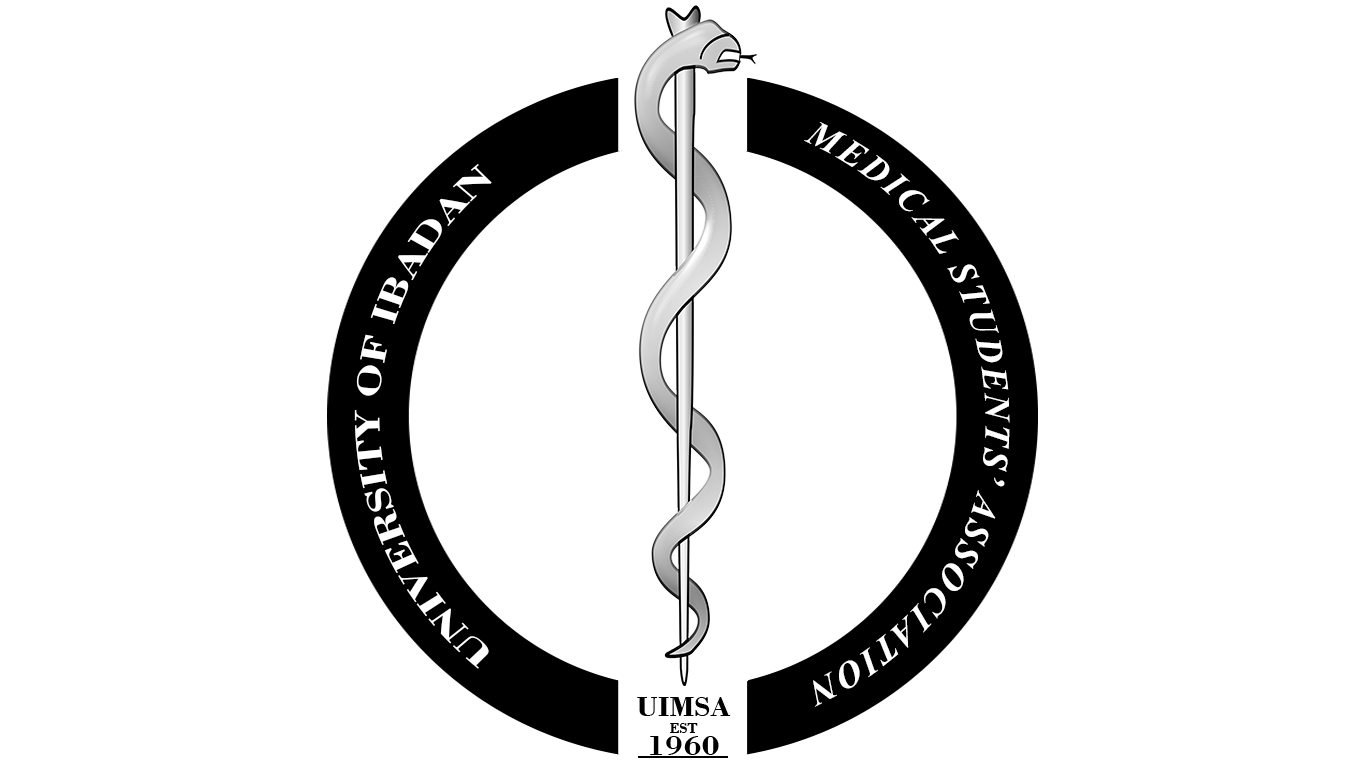It’s that time again, the season of COMUI’s favourite organ. World Heart Day is around the corner and with it comes the red and white, the heart shapes and the feels.
If you’re like me, you must have wondered at least once: why so much fuss about the heart? After all, the brain is just as important, and what’s life with busted kidneys?
So I thought about it and realized that the fuss with the heart has more to do with its modern-day glamour rather than its actual physiological function. After all, everyone has either had or knows someone who has had a broken heart, but I’ve never heard anyone wailing over a broken brain before, correct me if I’m wrong.
See, the heart gets so much attention because other than the fact that it never takes a break, it makes us feel things, physically and emotionally. You mention the heart and your mind instantly flies to that girl or guy you’ve been subtly eyeing about for the past several weeks. Or that time that Amaka disappointed you and served you hot, hot breakfast. You think of happy times and sad times, joys and sorrows, regrets and dreams.
Physically, the heart is one of the most sympathetic organs to how you feel. It modulates its function with your emotions. When you’re excited to see someone, your heart beats faster and harder. When you’re sad, your heart squeezes as if it has been kicked, and sometimes, if you’re broken enough, your chest actually begins to ache. There’s a name for that reaction too, Broken Heart syndrome, which will be discussed in a later article.
The role of the heart as a centre of emotion has roots as far back as Ancient Egypt. The ancient Egyptians believed the heart was the moral compass, from which negative and positive emotions stemmed. Likewise, Aristotle proposed that it was the heart that was the centre of life that housed all our emotions and desires in the world. Galen believed in a bodily hierarchy, with the liver and genitals representing physicality and the brain representing logic and reason. The heart’s place in between the two sets of organs caused it to be seen as a bridge, and love as both a metaphysical and physical experience.
The Catholic church in medieval times played a major role in how the heart came to be perceived as a symbol of love. At a time it was customary to examine a person’s heart after death for signs of sanctity. An enlarged heart was seen as a symbol of much love for humanity. There were even stories of tiny crucifixes being found in the hearts of patron saints. Obviously, these tales may have been a little exaggerated, but the message is clear. Heart equals passion, goodness and affection.
While this explains why we love with our hearts and not our kidneys, there’s still a question of how the modern heart shape came to be. Well, no one knows the definitive answer to that. It’s one of those things that simply evolved over time. However, there are theories.
The history of the heart shape is closely entwined with the silphium plant, a popular ingredient for love potions in the past which had leaves in the shape of a heart. Over time, the shape of these leaves came to represent love itself and the shape became a popular token given by gentleman suitors to their beloveds. Seeing as autopsies were disallowed until 1255, the actual shape of a heart could not be ascertained, and soon people began to believe that the shape of the silphium leaf was the same as that of the actual human heart. By the time Da Vinci came on the scene in the sixteenth century with a more accurate depiction of the blood pump, the myth had already gained ground.
Unsurprisingly. Who would want to draw an actual heart when you could simply draw two slightly elongated C’s and call it a day?
It didn’t help Da Vinci’s cause when the Catholic church adopted the popular symbol as the emblem of the heart of Jesus in the seventeenth century and pretty much stamped the myth in stone. With the sweep of colonialism, European views came to be world views and thus the shape, the organ and feelings of affection came to be inseparable across cultures, lands and civilizations and it has stayed that way till today because who cares what science and discovery have to say about it?
And there you have it. A ♥ for every heart. Next time you see this symbol and remember Amaka, blame the Europeans.
Opeolu Oreoluwa
